How to Buy and Register UPC and EAN Barcodes for Your Products
In the world of selling products, whether online or in normal retail stores, barcodes are like secret codes that help keep everything organized.
They’re not just stickers; they’re super helpful tools making sure your products find their way from your business into the hands of the end-user consumer.
This article is like your guidebook, showing you how to get these special codes, called UPC and EAN barcodes, for your products.
We’ll start by explaining what these barcodes are and why they’re so important. Think of it as a roadmap to help you understand the whole process.
Whether you’re just starting to sell products or you’re a pro, knowing about UPC and EAN barcodes is key.
So, let’s dive in and make these barcode secrets work for you!
Understanding What UPC and EAN Barcodes Really Mean
Alright, let’s talk about UPC and EAN barcodes. They’re like those special tags on your stuff that have a secret language.
This secret language helps everyone know what’s what, especially when it comes to products.
A. What’s a UPC Barcode?
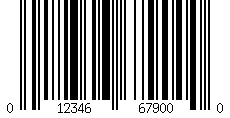
UPC barcodes are used primarily in the United States and fall into two sub-categories:
- UPC-A Style:
- Imagine a UPC-A barcode like a 12-digit ID card for your product.
- The first six digits tell us who made it, and the next five say exactly what it is.
- The twelfth digit is like a guard making sure everything’s correct.
- UPC-E Style:
- Now, UPC-E is like a short version of UPC-A, using just six digits.
- It’s handy for small things where there isn’t much space for a big barcode.
- It still has a guard digit to avoid any mix-ups.
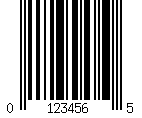
B. What About EAN Barcodes?
- EAN-13 Style:
- EAN-13 is a 13-digit code that works globally. The first three digits show where it comes from, and the rest tell us about the product.
- It’s like a passport for your product, making it easy to travel and be recognized worldwide.
- EAN-8 Style:
- EAN-8 is a shorter version with eight digits, perfect for tiny products.
- Just like EAN-13, it has a country code, product code, and a special digit for checking.
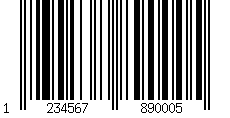
C. What’s the Difference Between UPC and EAN?
While UPC and EAN barcodes share the common goal of uniquely identifying products, they differ in their formats and regional usage. UPC is mainly used in the United States and Canada, while EAN is more prevalent in Europe and other parts of the world.
Understanding these differences is crucial when choosing the appropriate barcode system for your products, especially if you intend to market them globally.
Why Your Products Need Barcodes
Now, let’s break it down. Why do your products need those little barcodes? It’s not just a sticker – it’s like a super helper for your business. Here’s why:
A. Keeping Things Organized
- Streamlining Inventory:
- Barcodes help keep track of how much stuff you have. So, when you sell something, it automatically updates, and you know what’s left.
B. Knowing Where Your Stuff Goes
- Traceability:
- Imagine your product is on a journey. Barcodes help you trace this journey – from making it to selling it. It’s like a GPS for your stuff.
C. Playing by the Rules
- Meeting Shop Standards:
- Big shops and places that sell your products often ask for barcodes. It’s like a rule. So, having barcodes makes it easier for your products to get into these big shops.
D. Quick and Easy Buying
- Smooth Checkout:
- At the cashier, the cashier scans the barcode, and bam! It’s a quick and accurate way to pay for your stuff. No mistakes, no fuss.
So, those barcodes aren’t just for show – they’re the unsung heroes making sure your business runs smooth and everyone knows where your awesome products are heading.
Where to Get Barcodes for Your Products: Comparing Costs
Let’s talk money – getting barcodes means spending some, but where you spend depends on your game plan. Here are your options:
A. GS1 (Global Standards One)
- What’s the Deal?
- GS1 is like the official club. You get your special barcode pass – it’s called a GS1 Company Prefix.
- Cost: To join the club, there’s an upfront fee. For example, it might be around $250 to $10,000, depending on your business size.
- Renewal: Every year, you pay to keep your club membership active. Renewal costs can be around $50 to $250. GS1 still owns them, and you basically rent them, hence the renewal fees.
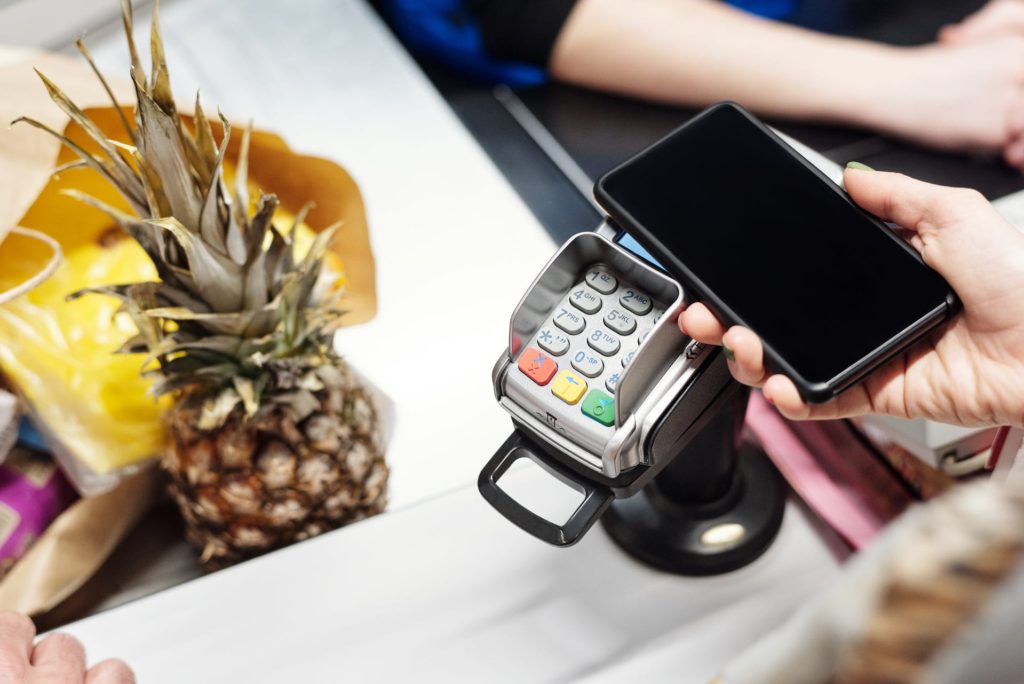
B. Reseller Companies
- What’s Their Game?
- Resellers are like the quick-stop shops. They buy older, recycled GS1 barcodes (when GS1 was still known as the Uniform Code Council – or UCC) and sell to you – no club membership needed.
- Cost: Upfront, it can be way cheaper – maybe around $10 to $100 for a bunch of barcodes.
- Renewal: None. No yearly fees. You buy the codes, you own them.
- Considerations:
- Some resellers might have ongoing costs or package deals, so check the fine print.
- You might save big bucks at the start, but long-term costs can vary.
It’s important to note that some big retailers like Walmart, Amazon and Ebay insist on barcodes purchased and registered with GS1. The majority of retailers however will accept barcodes from online resellers like BarcodesForAfrica.
For that reason, be sure you know upfront where you plan to sell your products so that you know whether you need to buy your barcodes from GS1 or a reseller.
If you aren’t sure, chat to our support team.
So, GS1 is the official but more expensive option. So if you are not planning to list your products on platforms like Amazon, then you really don’t need to incur the larger upfront and recurring cost with GS1. Getting your barcodes from reputable resellers will work just fine.
Resellers and are quicker and cheaper, but it’s a bit of a wild west – some websites might be shady. So always deal with reputable resellers.
Make the call based on your budget and business goals. Just know the costs upfront and down the road before diving in!
How to Register and Assign Barcodes to Your Products: From Digital to Physical
Alright, let’s get hands-on with turning those digital barcodes into real stickers for your awesome products. Here’s a step-by-step guide:
A. Gathering Necessary Product Information
- Collect Product Details:
- Get all the info about your product – the name, description, size, color, and anything that makes it unique.
- Sort Out Packaging Details:
- Figure out how your product will be wrapped. Barcodes need a good spot on the packaging.
B. Applying for UPC or EAN Codes
- Choose Your Barcode Provider:
- Whether it’s GS1 or a reseller, pick where you’ll get your barcode.
- If you’re going with a reseller, check online marketplaces or dedicated barcode websites.
- Select and Purchase Barcodes:
- Once you’re set, choose the number of barcodes you need and make the purchase.
- For GS1, log in to your account and follow their process to assign codes.
C. Generating and Printing Your Barcodes
- Use Online Barcode Generators:
- Many websites offer free barcode generation. Input your code, download the barcode image (PNG or JPEG), and save it to your computer.
- However, at BarcodesForAfrica you receive your PNG and JPEG images in your purchase, so all you need to do is print out as many as you need from the images you receive in your order.
- Recommended Printers:
- For printing, standard laser or inkjet printers often work fine.
- If you want a dedicated barcode printer, models like the Zebra GX430t or DYMO LabelWriter 450 Turbo are widely available on platforms like Amazon.
- Printing Tips:
- Choose high-quality settings on your printer for clear and readable barcodes.
- Test-print on regular paper first to check quality before using adhesive labels.
- Label Placement:
- Stick your printed barcode on your product’s packaging. Make sure it’s visible, and there’s no interference with scanners.
D. Special Considerations for Reseller Barcodes:
- Verify Compatibility:
- Double-check that the barcodes you get from resellers are universally accepted and meet industry standards.
- Printers for Reseller Barcodes:
- Standard printers should work fine for printing reseller barcodes. The recommended printers mentioned earlier are versatile for both GS1 and reseller barcodes.
By following these steps, you’ll transform your digital barcodes into tangible labels ready to adorn your products.
Whether you print on a regular printer or invest in a dedicated barcode printer, the goal is clear and readable barcodes that make your products stand out.
Best Practices for Barcode Management: Mastering the Art
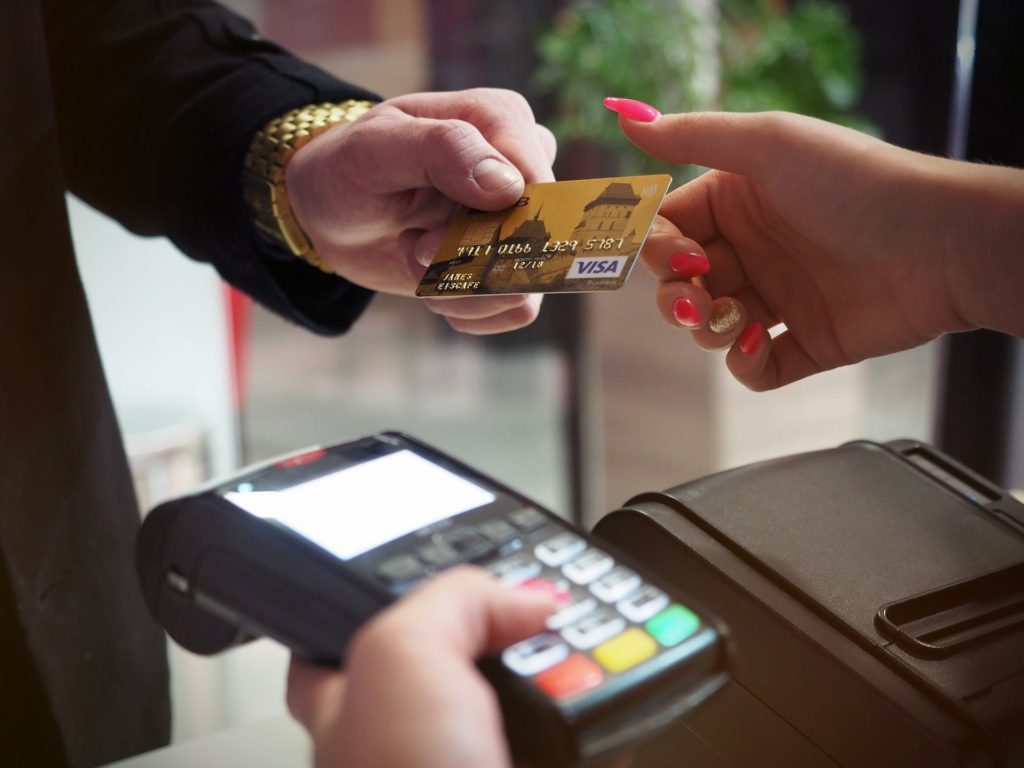
Managing barcodes is a bit like conducting an orchestra – it needs precision and a solid plan. Here are the best practices to keep your barcode management in order :
A. Organized Barcode Database:
- Set up a central database (an Excel master sheet will do) that’s neat and organized. Record all the barcodes you purchase and to which product you assigned them.
B. Swift Updates for Changes:
- When your products get a makeover or a tweak, update your barcode database pronto. Stay in sync with your products.
C. Regular Audits for Accuracy:
- Schedule regular audits to check if your barcode info matches your actual product stock. Keep things accurate and on point.
D. Seamless Barcode Integration into Packaging:
- Team up with your packaging designers to seamlessly blend barcodes into your product’s look. Clarity and adherence to industry standards are the stars here.
E. Educating Your Crew:
- Make sure everyone on your team knows the barcode drill. Train them on the importance of proper barcode usage and management.
F. Backup, Backup, Backup:
- Implement a solid backup system for your barcode databases. Think of it like a safety net – you never know when you might need it.
G. Clear Communication with Partners:
- Keep the communication lines open with your suppliers and retailers. Make sure they’re in the loop about your barcode system and any updates.
H. Staying Updated on Standards:
- Be the detective who stays on the case – keep an eye out for changes in industry standards and regulations related to barcoding.
I. Regular Training Sessions:
- Conduct regular training sessions for your team. Keep them in the loop about barcode handling and any new tricks in the barcode world.
Conclusion: Elevating Your Business with Barcodes
As we wrap up this barcode adventure, it’s time to celebrate the power these tiny codes bring to your business. Barcodes are not just stickers; they’re your silent partners, orchestrating efficiency and precision in the vast world of commerce.
You’ve delved into the secrets of UPC and EAN barcodes, learning how they go beyond labels, becoming essential tools in your business toolkit. Whether you choose the official route with GS1 or opt for the agility of resellers, the key lies in informed decisions aligning with your business journey.
The journey doesn’t stop at obtaining barcodes; it’s an ongoing commitment to excellence. By adopting best practices, you ensure your barcodes remain reliable allies, streamlining operations and enhancing product visibility. Your commitment to accuracy, compliance, and excellence echoes through every scan, purchase, and inventory update.
In a world where precision and efficiency reign supreme, UPC and EAN barcodes emerge as indispensable assets. They’re not just identifiers; they’re the bridge to operational excellence, consumer trust, and the enduring success of your products on the global stage.

